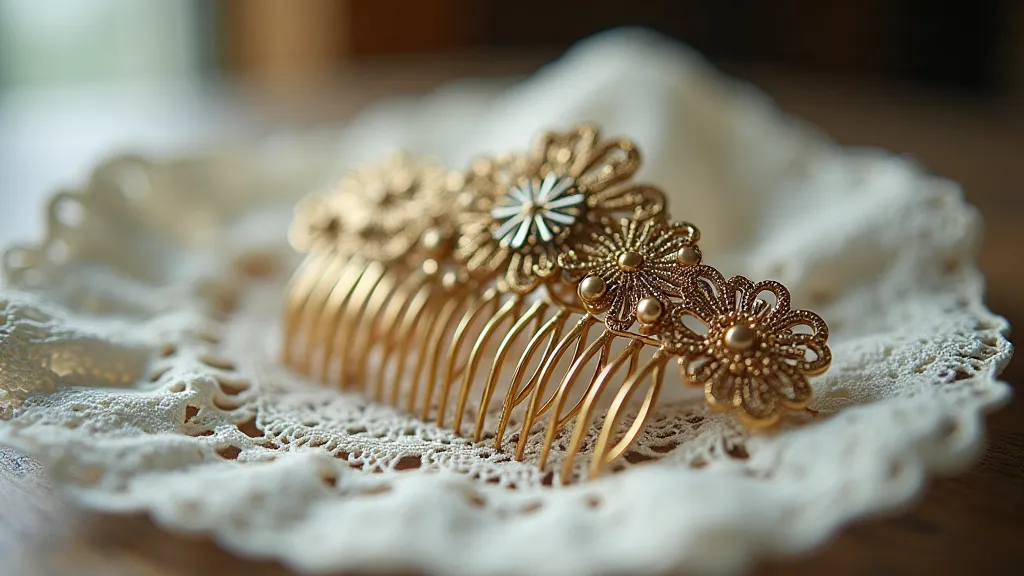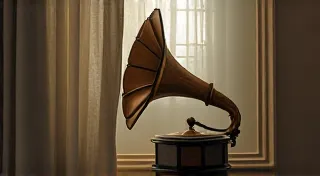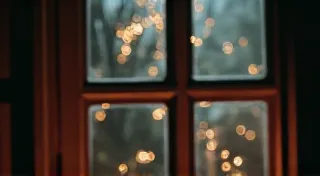Whispers of the Salon: The Social Rituals Surrounding Vintage Hair Combs
They aren’t just objects, these vintage hair combs. They are silent witnesses to moments of elegance, gossip, and aspiration. Holding one in your hand isn't merely appreciating a piece of craftsmanship; it’s feeling the echo of a vanished world, a world where the ritual of hair dressing held a unique and powerful social significance. For decades, hair combs weren’t simply accessories; they were symbols of status, declarations of style, and integral parts of a carefully constructed social performance.
My own fascination with vintage hair combs began not with a desire for a beautiful object, but a curiosity sparked by my grandmother’s attic. Amongst the forgotten heirlooms, nestled in a velvet-lined box, lay a tortoiseshell comb, its teeth delicately carved and its edges worn smooth with time. I remember the scent of lavender clinging to it, and the faint impression that I was holding something sacred, a tangible link to a woman I barely knew but longed to understand. It was more than a comb; it was a portal.
The Salon: A Hub of Society
To truly understand the importance of vintage hair combs, one must understand the historical context of the salon. Throughout the 19th and early 20th centuries, the salon was far more than a place to have one’s hair styled. It was a social hub, a gathering place for women of all social strata, albeit often separated by tiers of exclusivity. From the Parisian salons frequented by artists and writers to the smaller, more intimate establishments found in towns across America, these spaces fostered connection, shared news, and shaped opinions. Hair dressing wasn't a private affair; it was a shared experience, a chance to display one's style and be judged by one’s peers.
Imagine a bustling salon in 1920s New York. Jazz music drifts from a hidden radio, the air thick with the scent of hair pomade and perfume. Women, adorned in cloche hats and flapper dresses, are meticulously styled – bobs shaped and pinned, waves coaxed into submission. A vintage hair comb, perhaps an Art Deco masterpiece of enamel and metal, is the final flourish, the crowning glory of the ensemble. The entire process is a performance, a collaborative effort between the client and the stylist, with the result intended to inspire admiration and envy.
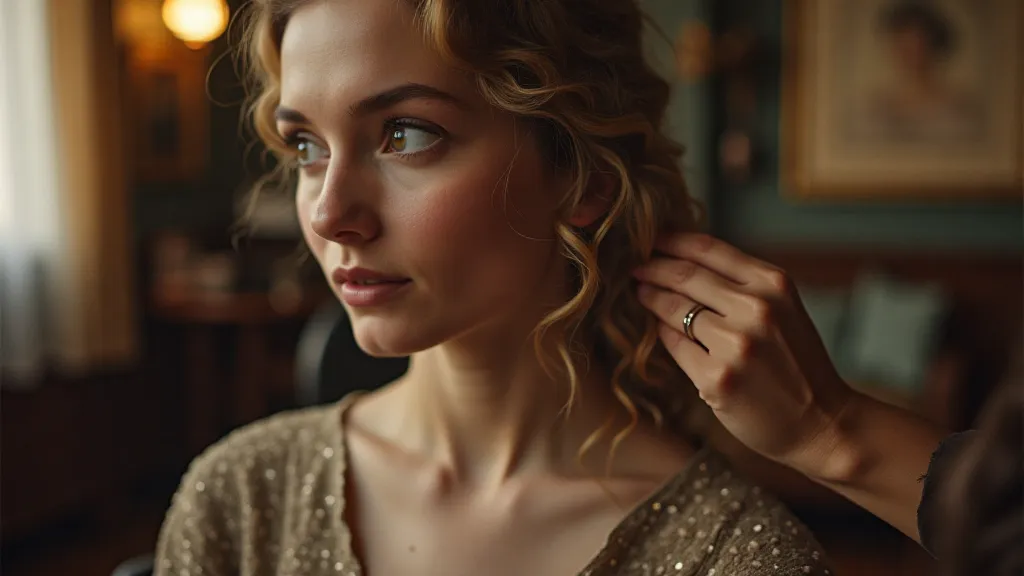
The Language of Materials and Design
The materials and designs of vintage hair combs were not arbitrary; they communicated volumes about the owner’s status, taste, and the prevailing fashions. Tortoiseshell, once a highly prized material (obtained, unfortunately, from the shells of turtles), signified wealth and sophistication. Jet combs, crafted from fossilized wood, were particularly popular during the Victorian era, often worn in mourning. Horn, celluloid, and later, Bakelite, offered more affordable options, allowing a wider range of women to participate in the ritual of adorned hair.
The designs themselves were equally revealing. Intricate floral patterns echoed the romanticism of the Victorian era, while geometric Art Deco designs reflected the modernism of the 1920s and 1930s. The presence of precious stones – diamonds, pearls, or marcasite – further elevated the comb's status, marking it as a treasured heirloom destined to be passed down through generations.
Beyond the Salon: Tea Parties and Formal Events
The use of vintage hair combs extended far beyond the salon. At tea parties, formal dances, and elegant gatherings, a carefully chosen comb became an essential part of the overall presentation. A delicate silver comb adorned with seed pearls might be deemed appropriate for a daytime tea party, while a bolder, more ornate comb featuring jet or onyx might be reserved for a glamorous evening event.
I recall reading an old etiquette guide from the Edwardian era, which explicitly recommended that a lady’s hair comb should “harmonize with her gown and jewels,” and that it should never be ostentatious or gaudy. The emphasis was on understated elegance and refined taste – a reflection of the social expectations placed upon women of that time.
The Craftsmen and Their Legacy
The beauty and quality of vintage hair combs are a testament to the skill and artistry of the craftsmen who created them. Many were handcrafted by skilled artisans, using techniques passed down through generations. The intricate carving, the delicate inlay work, and the meticulous attention to detail all speak to a level of craftsmanship rarely seen in mass-produced items today.
Consider the time and effort required to hand-carve a tortoiseshell comb, or to painstakingly set hundreds of tiny seed pearls into a silver frame. These were not mere factory workers; they were artists, creating objects of beauty and enduring value. Their legacy lives on in the vintage hair combs we collect and cherish today.
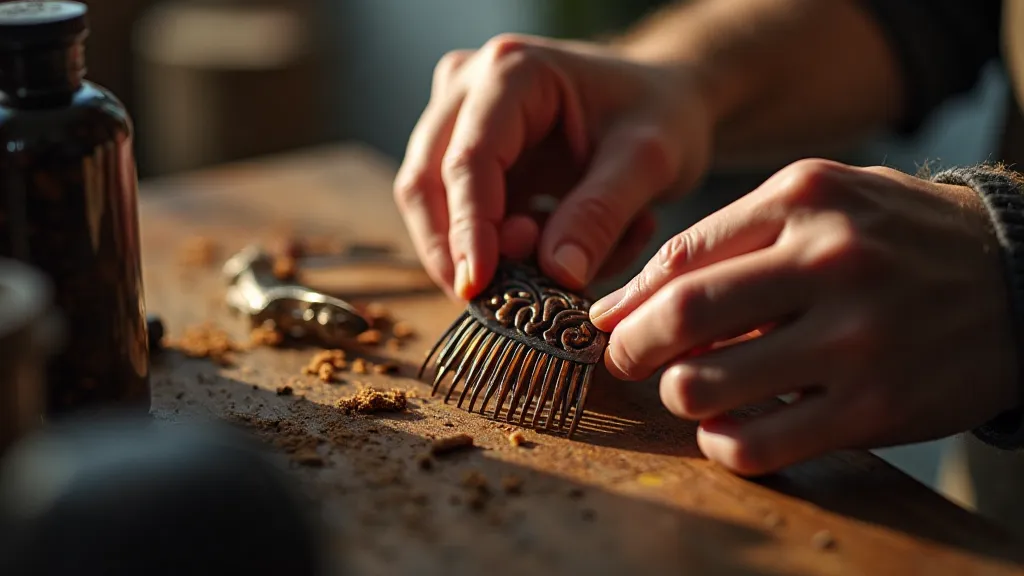
Collecting and Preservation
Collecting vintage hair combs is more than just accumulating objects; it’s about preserving history, appreciating artistry, and connecting with a vanished era. While condition is always a factor in determining value, many collectors prioritize the story behind the comb – where it came from, who might have worn it, and the memories it holds.
Restoration can be a delicate process. While some minor cleaning may be undertaken, aggressive repairs can diminish the comb's authenticity and value. It's often best to leave vintage combs in their original condition, allowing the patina of age to tell their story.
A little research can go a long way in understanding the significance of a particular comb. Identifying the maker’s mark, researching the materials used, and understanding the design’s historical context can all enhance your appreciation for these beautiful objects.
A Timeless Appeal
The allure of vintage hair combs extends beyond their aesthetic beauty. They represent a time when elegance, refinement, and ritual played a more significant role in everyday life. Holding one in your hand, you can almost hear the whispers of the salon, the clinking of teacups, and the murmur of conversation. They are tangible reminders of a bygone era – a testament to the enduring power of beauty and craftsmanship. These aren't simply accessories; they are keepers of stories, echoes of a time when adornment was an art form, and a vintage hair comb was a symbol of grace and refinement.
